What are stablecoins?
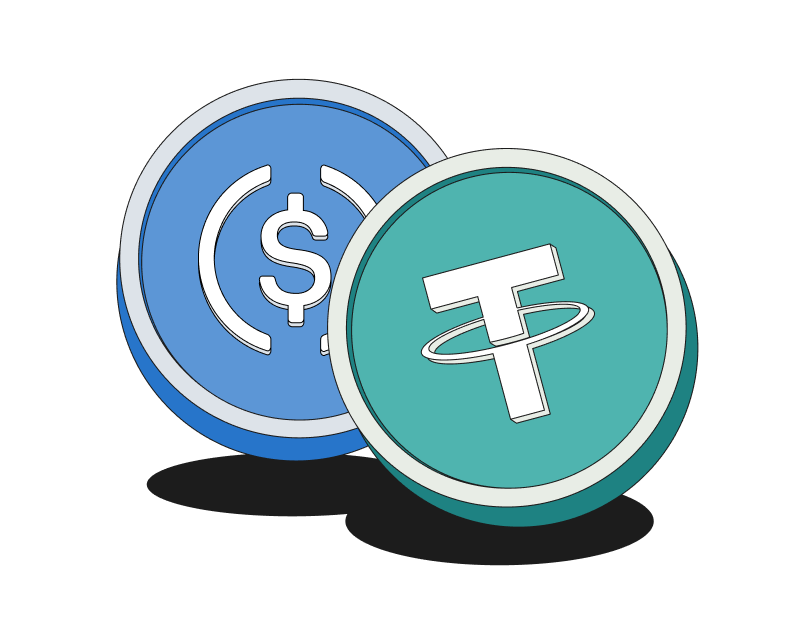
Table of Contents
What are stablecoins?
Stablecoins are cryptocurrencies that are pegged to “stable" assets like the US dollar. For example, one USDT is equal in value to one US dollar. The key difference between a "real" US dollar and a stablecoin US dollar is that the stablecoin lives in the crypto realm, meaning stablecoins exist on public blockchains like Ethereum.
Stablecoins emerged thanks to demand from traders who wished to “lock-in" profits by shifting value from volatile assets into stable ones without having to interact with the traditional financial system. This use case remains very popular.
More recently, stablecoins have found utility as an alternative form of US dollars that, as a result of living on public blockchains, have certain advantages over "real" US dollars that live on traditional financial rails. For example, a growing number of businesses are using stablecoins to settle international payments more quickly and efficiently than would be possible using traditional banking infrastructure. Further, in places where access to US dollars is limited, people are increasingly holding US-dollar stablecoins as an alternative store of value to their local currencies.
Types of stablecoins
Stablecoins can be divided into two main types: centralized and decentralized.
Centralized stablecoins use collateral-backed reserves to maintain their peg to the US dollar. In other words, for every dollar that's issued as a stablecoin, there's a corresponding dollar sitting in a bank account to back it up – and in theory, anyone can redeem their stablecoins for the underlying US dollars they represent. This convertibility helps to ensure that the peg isn't broken (ie. that one stablecoin dollar remains equal in value to one "real" US dollar).
Historically, centralized stablecoins have been successful at maintaining their peg. For example, the value of one USDT (the first widely used stablecoin) has always been almost exactly one US dollar. However, the stability offered by centralized stablecoins comes at the cost of trust: specifically, you must trust that they are in fact backed by the reserves the company issuing them purports to have.
The second most popular type of stablecoins are those with no centralization at all – ie. decentralized stablecoins. Decentralized stablecoins replace trust in a third party with transparent and programmatic mechanisms that are permissionlessly accessible and, in most cases, driven by incentives. In other words, they make it possible for anyone to see exactly how the stablecoin operates and, if they wish, to participate in its operation. This makes decentralized stablecoins more resilient against both internal corruption and influence from external sources such as governments. However, decentralized stablecoins have so far proven more volatile than their centralized brethren.
The challenge faced by decentralized stablecoins is to find a capital-efficient way to bootstrap liquidity (ie. scale) while at the same time maintaining their 1-dollar peg. The first generation of decentralized stablecoins rely primarily on Collateralized Debt Positions (CDPs) to achieve this. In the CDP model, anyone can voluntarily lock up crypto assets in order to be allowed to create a certain amount of new dollars - and the locked-up assets act as the collateral that backs up the new dollars (debt). Unfortunately, most CDP-based stablecoins have deviated from their US-dollar peg at one point or another. Additionally, CDP-based stablecoins have been criticized for being capital-inefficient due to their need to over-collateralize on account of the volatility of the underlying crypto assets. This means they have struggled to scale as quickly as centralized alternatives.
In later generations of decentralized stablecoins, a wide array of programmatic mechanisms (often in combination) are used to retain the peg. The mechanisms include bond purchases, partial collateralization, and programmatic contraction and expansion of supply. Unfortunately, there are many examples of such stablecoins that have failed spectacularly, resulting in a total loss of funds for the people left holding them.
Let’s take a closer look at some specific stablecoins:
USDT
USDT was the first stablecoin to rise to prominence. It was created in 2014 by Tether Limited, a company based in Hong Kong. USDT became popular on the Ethereum network, but it is now accessible on every major public blockchain network, including Bitcoin Cash, Tron, Solana, Binance Smart Chain, Matic, and more.
Tether has a long history of controversy surrounding the actual amount of its reserves. The company claimed to be one-to-one backed by dollars, but that turned out not to be the case. However, throughout its history, which is intertwined with the crypto space as a whole, Tether has managed to weather every controversy and maintain relevance and utility.
The advantages of USDT are its ubiquity and the fact that, since the company behind it is based in Hong Kong, it is less subject to American regulatory authority. A number of international businesses, many of which aren’t even crypto-based, are attracted to this dollar-denominated currency that maintains some independence from America (much like the Eurodollar). The biggest downside of Tether, ironically, is the very same thing. The lack of American regulatory authority has led to a belief that it may be less reputable or safe. Regardless, USDT remains one of the world's most popular stablecoins.
USDC
USDC is a stablecoin created by the US-based company Circle. USDC has a much shorter history than USDT, however it has risen to prominence very quickly by addressing what some have seen as grave shortcomings in the incumbent, USDT.
USDC is mainly used on the Ethereum network, however it is available on other major networks such as Solana, Binance Smart Chain, and Matic.
The biggest advantage of USDC is its stricter adherence to and compliance with US regulators, making holders of USDC much more confident that it is, in fact, backed 1:1 by “real" US dollars. The disadvantage is that many international holders of USDC worry that US regulators might seize or interfere in their assets, as they often do in dollar markets that exist on traditional rails. These fears were substantiated in November 2020 when US law enforcement requested $100,000 worth of USDC be frozen in an account, and Circle complied.
DAI
DAI is a decentralized stablecoin that uses collateralized debt positions. There is no central authority that creates DAI. Instead, DAI is created, or ‘minted,’ by individuals using the MakerDAO platform, which is a decentralized lending platform on the Ethereum network. People deposit collateral in the MakerDAO platform, giving them the ability to mint a certain amount of DAI.
Read more: What is decentralized finance?
Originally, only ETH was accepted as collateral, but MakerDAO expanded to include other crypto assets such as WBTC (so-called “wrapped" bitcoin, which is Bitcoin that 'lives' on the Ethereum blockchain). When DAI suffered a severe crash in mid-March of 2020 after collateralized crypto assets experienced sudden price drops, MakerDAO scrambled to secure DAI by accepting other stablecoins as collateral. Now a majority of circulating DAI is backed by centralized stablecoins such as USDC. This has led some to criticize DAI as being one step removed from the dictates of the private companies that issue those centralized stablecoins and/or the regulatory authorities that maintain power over them.
UST
TerraUSD (UST) was a decentralized stablecoin that deployed a more complex method for retaining the peg. The system is described in detail in this whitepaper, but to summarize, it was a “two-token seigniorage model." Unpacking that, the first thing to note is that market participants were incentivized to either mint (create) or burn (destroy) UST based on its price. The incentive was enabled by the relationship that UST maintained with the LUNA token, which is the other token in the two-token seigniorage model. The relationship was such that market participants could always exchange 1 UST for 1 dollar worth of LUNA token and vice versa.
Specifically, when UST was trading above its 1-dollar peg, the incentive was to mint more of it by burning 1 dollar worth of LUNA in exchange for 1 UST (which, in this scenario would be worth more than a dollar). The expanded supply of UST created by people making this trade would lead to a drop in the price of UST back towards its 1-dollar peg.
Conversely, when UST was trading below its 1-dollar peg, the incentive was for market participants to burn it in exchange for 1 dollar worth of LUNA. In this scenario, the reduced supply of UST would lead to a rise in its price.
At its height, there was more $18B in UST circulating and the marketcap of LUNA exceeded $40B. Unfortunately, the UST/LUNA two-token seigniorage model was unable to manage a large-scale run on the bank in May 2022, with the result that the value of both UST and LUNA dropped to effectively zero in a very short period of time once the peg had broken significantly. Read more about this in Bitcoin.com News' feature 'A Dark Day for Crypto' - A Deep Dive Into the Obliterated Terra Token Ecosystem and Damaged Apps.
Earning interest on stablecoins
Similar to how you earn interest on money in the bank, you can also earn interest by holding or depositing stablecoins. While money in the bank has historically provided interest at less than the inflation rate (meaning you’ll steadily lose purchasing power on your savings), stablecoins are known to offer interest rates at anywhere from 5-100%.
When it comes to fixed-income deposits, the general rule is that the higher the interest rate offered, the more risk you’re taking on as a depositor. For instance, while bank deposits offer negligible interest, the risk on those deposits is generally considered to be very low. Behind the scenes, banks generate yield on your deposits by deploying your capital in highly regulated markets (they are restricted as to what they can invest in). Additionally, in many countries, cash deposits up to a specified amount are insured. When it comes to stablecoins, yields are generated from a range of strategies, many of which can be considered high risk in comparison to those deployed by traditional banks.
From the perspective of a stablecoin holder, there are three main ways to start earning interest. These are as follows:
- Deposit your stablecoins in a smart contract. You can deposit either stablecoins only, or stablecoins and simultaneously another cryptoasset. When you deposit stablecoins only, the yield is typically generated by lending out your stablecoins to other market participants at interest. As for dual-asset strategies, most often you’ll be providing liquidity to a trading pair on a decentralized exchange in what’s known as automated market making (AMM). For example, on a decentralized exchange like Uniswap, you can provide liquidity to the USDC-ETH pair and earn a share of the fees generated by other people trading those assets. You can deploy stablecoins and other assets you hold in your Bitcoin.com Wallet app to such contracts simply by visiting the website of the protocol, connecting your wallet using “WalletConnect," and confirming any transactions you initiate on the website. Learn more about WalletConnect and how this works here.
- Deposit your stablecoins in a centralized crypto “bank." With this method, you hand over custody of your stablecoins to a centralized platform, which invests them on your behalf. Many centralized crypto exchanges also provide this service. In some cases you’ll lock up your stablecoins for defined terms, in other cases there are no lockups but in general you’ll need to pay fees to withdraw your stablecoins from the platform. On the whole, the interest you can earn via this method is lower than via decentralized methods due to the overhead costs incurred by the centralized third party managing the system.
Where can I get stablecoins?
- At buy.bitcoin.com, you can get USDT and USDC and pay with your credit card, payment app, or by bank transfer depending on your region.
- In the Bitcoin.com Wallet app, you can do the same. Also, you can instantly trade any cryptocurrencies you hold for USDT, USDC, or other stablecoins. From the home screen, tap on Swap and follow the instructions.
Related guides
Start from here →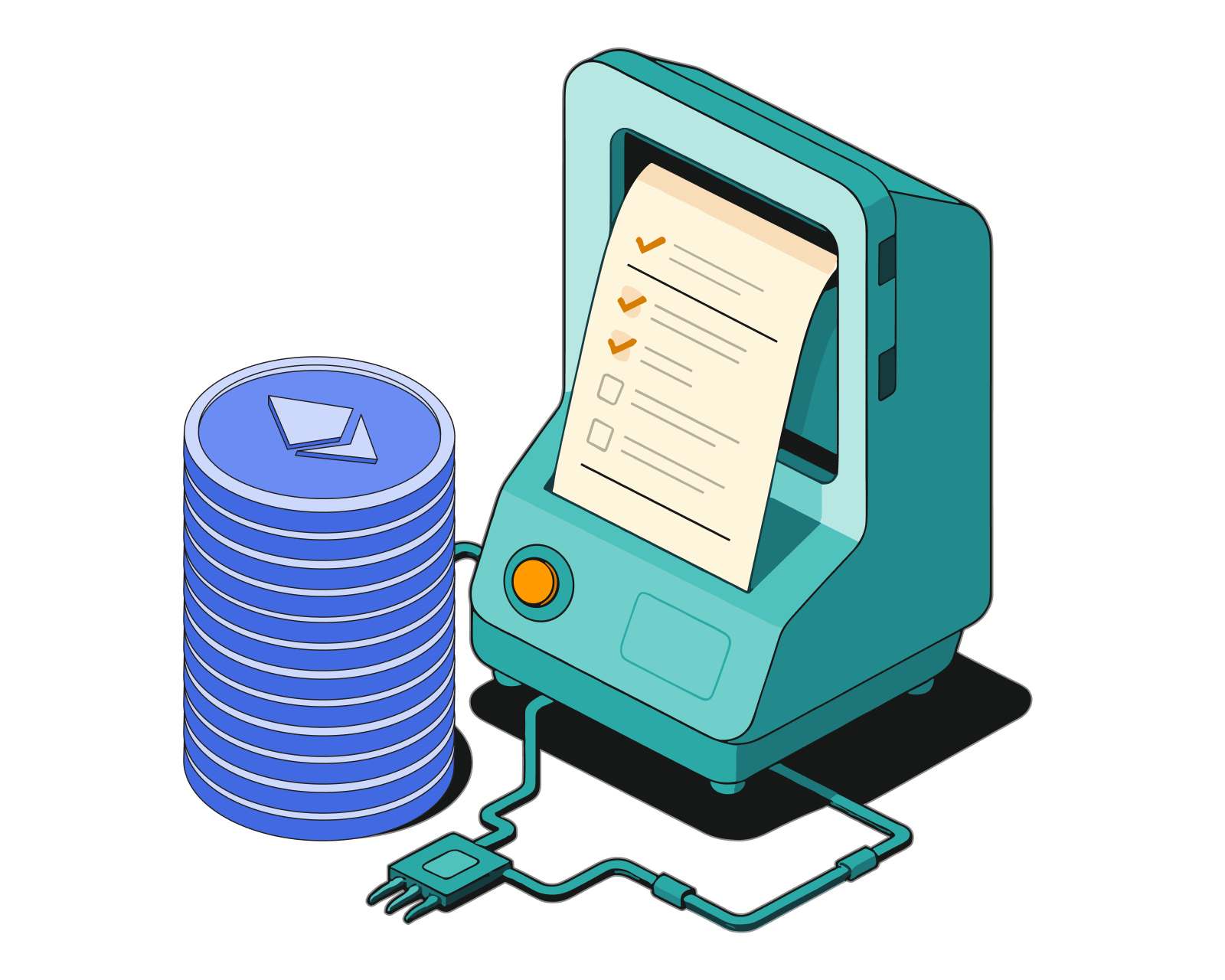
What are ERC-20 tokens?
Learn the basics of the Ethereum token standard, what ERC-20 tokens are used for, and how they work.
Read this article →
What are ERC-20 tokens?
Learn the basics of the Ethereum token standard, what ERC-20 tokens are used for, and how they work.
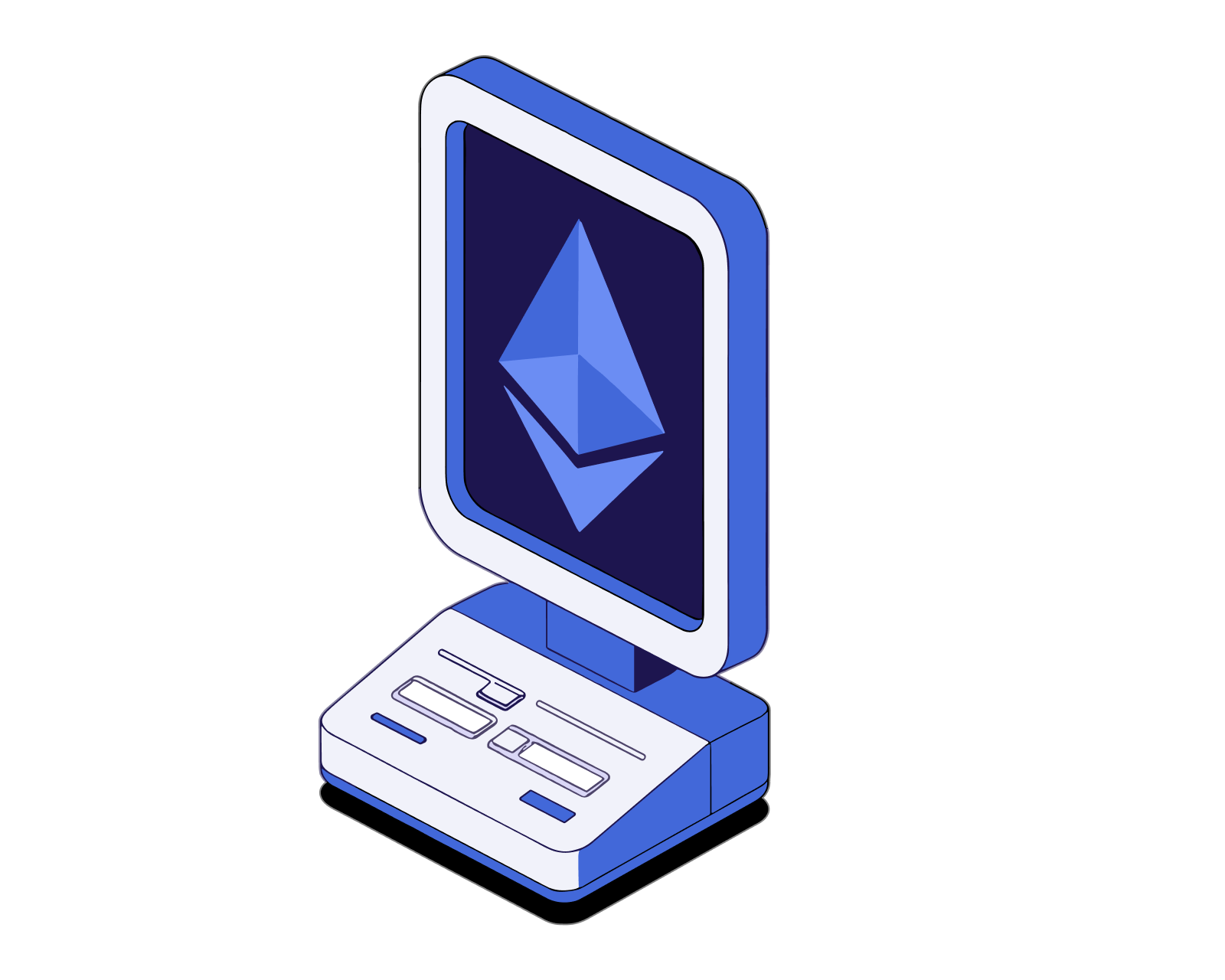
What is DeFi?
Learn what makes decentralized finance (DeFi) apps work and how they compare to traditional financial products.
Read this article →
What is DeFi?
Learn what makes decentralized finance (DeFi) apps work and how they compare to traditional financial products.
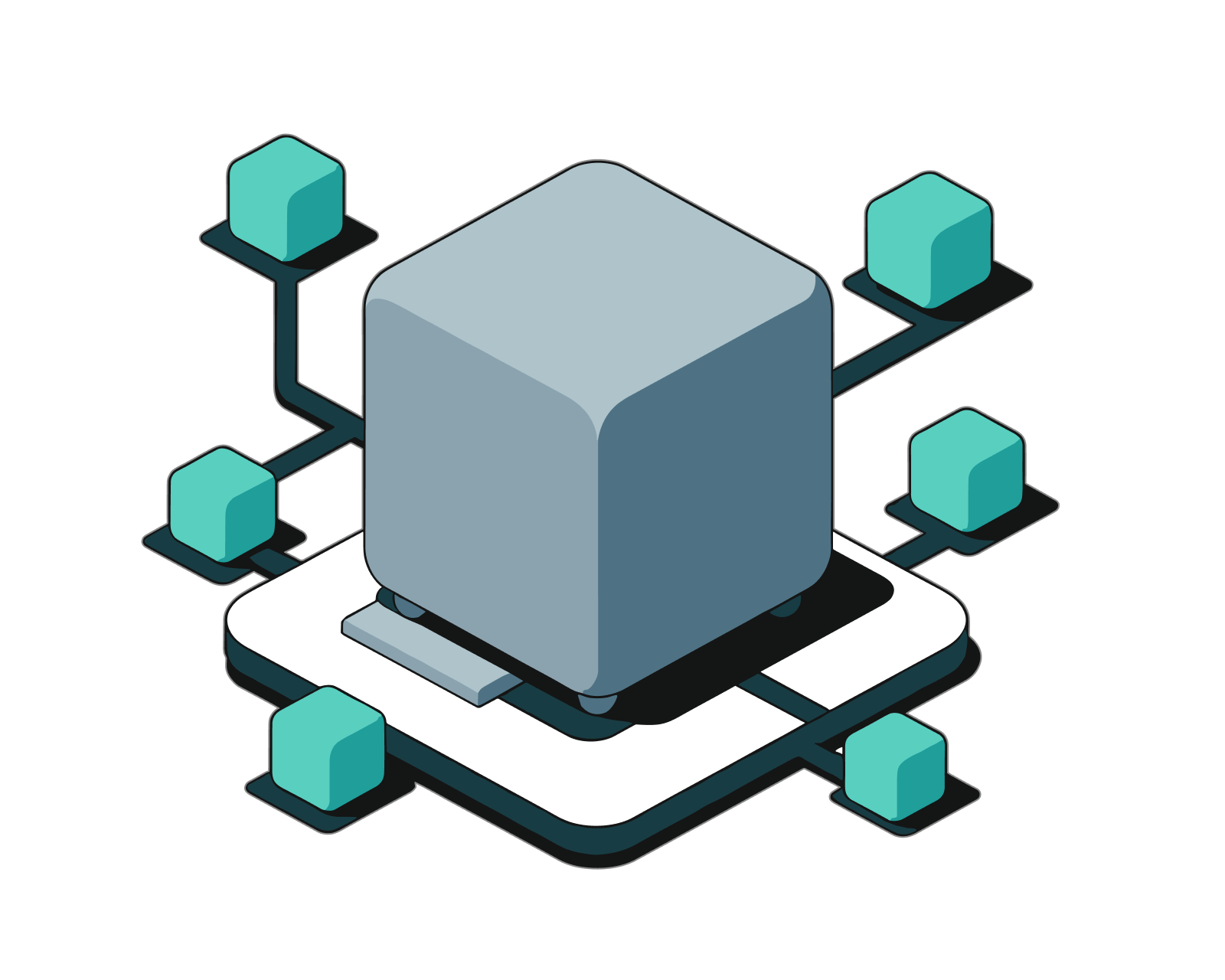
What is ETH gas and how do fees work in Ethereum?
Learn about the unit for measuring transaction fees in Ethereum, get details on the Ethereum fee market, and discover how to customize the fees you pay.
Read this article →
What is ETH gas and how do fees work in Ethereum?
Learn about the unit for measuring transaction fees in Ethereum, get details on the Ethereum fee market, and discover how to customize the fees you pay.
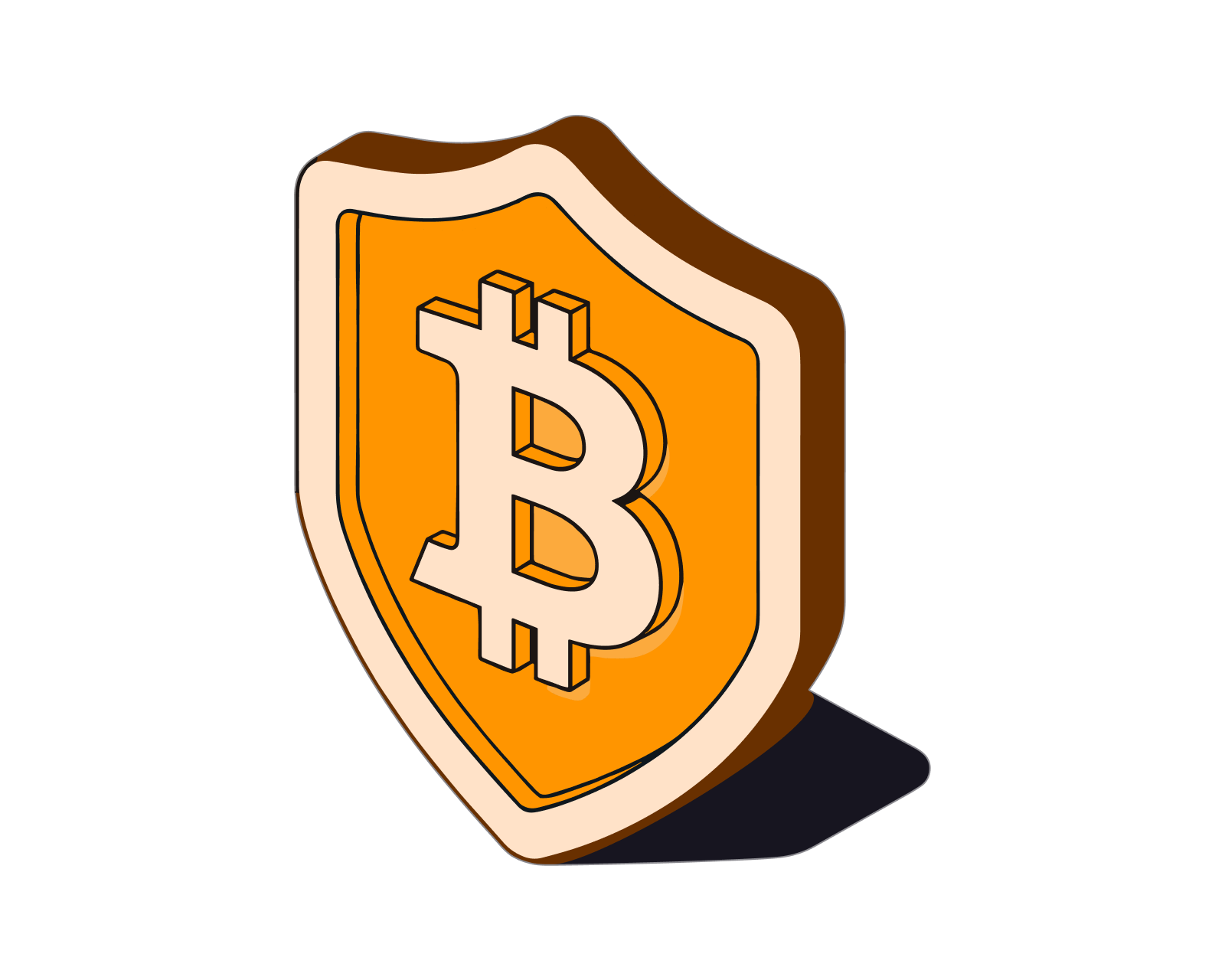
What's a 'self-custodial' wallet?
Understand how the self-custodial model puts you in charge of your cryptoassets and protects you from third-party risk.
Read this article →
What's a 'self-custodial' wallet?
Understand how the self-custodial model puts you in charge of your cryptoassets and protects you from third-party risk.
STAY AHEAD IN CRYPTO
Stay ahead in crypto with our weekly newsletter delivering the insights that matter most
Weekly crypto news, curated for you
Actionable insights and educational tips
Updates on products fueling economic freedom
No spam. Unsubscribe anytime.
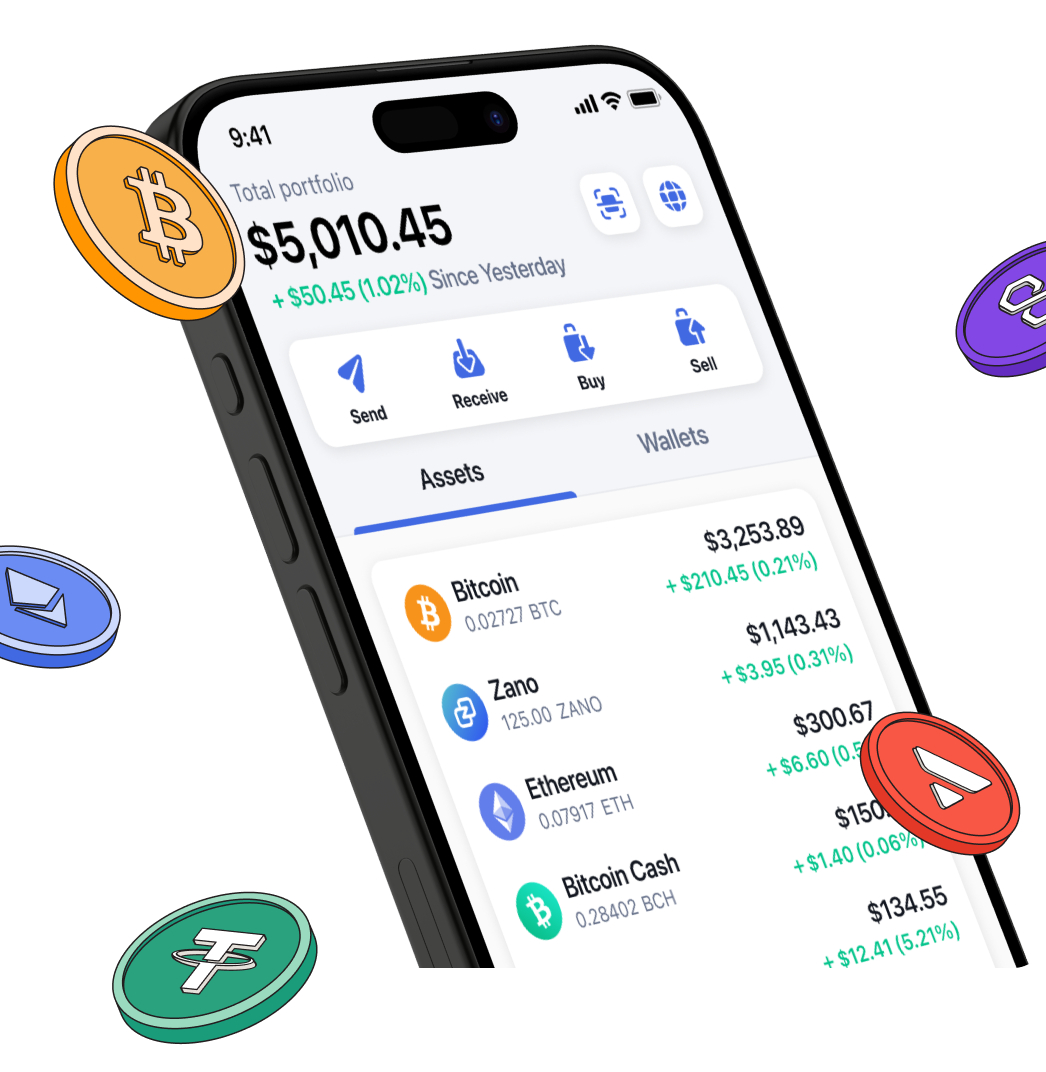
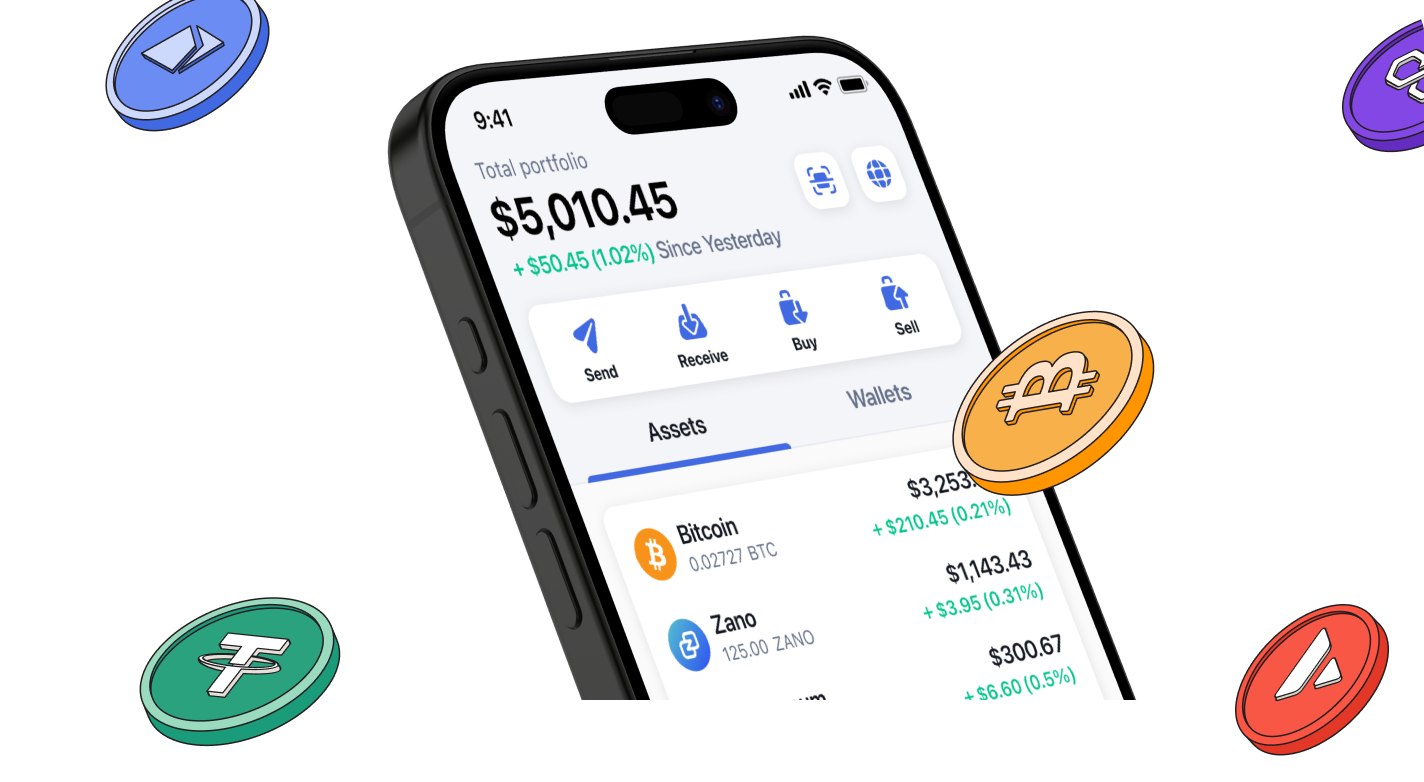
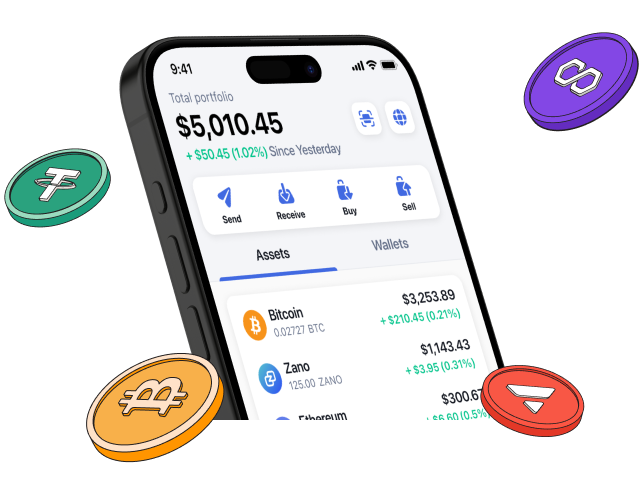
Start investing safely with the Bitcoin.com Wallet
Over wallets created so far
Everything you need to buy, sell, trade, and invest your Bitcoin and cryptocurrency securely

© 2025 Saint Bitts LLC Bitcoin.com. All rights reserved


